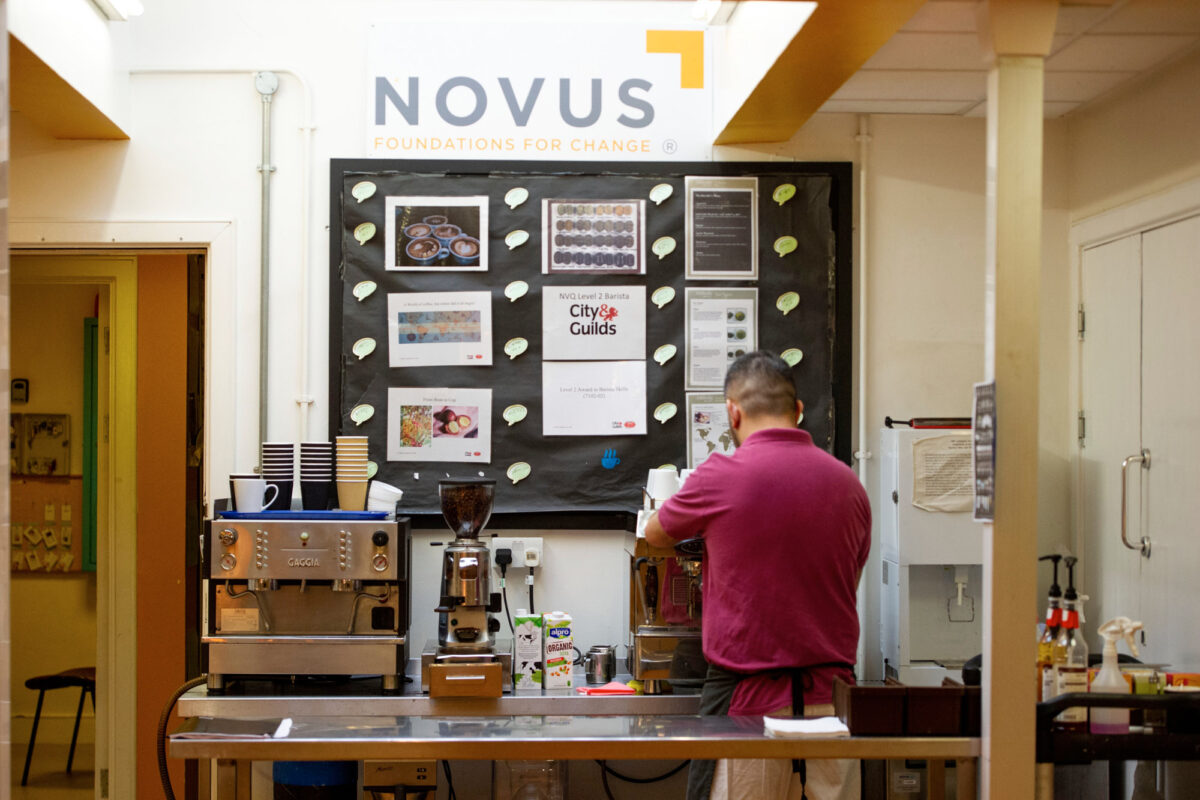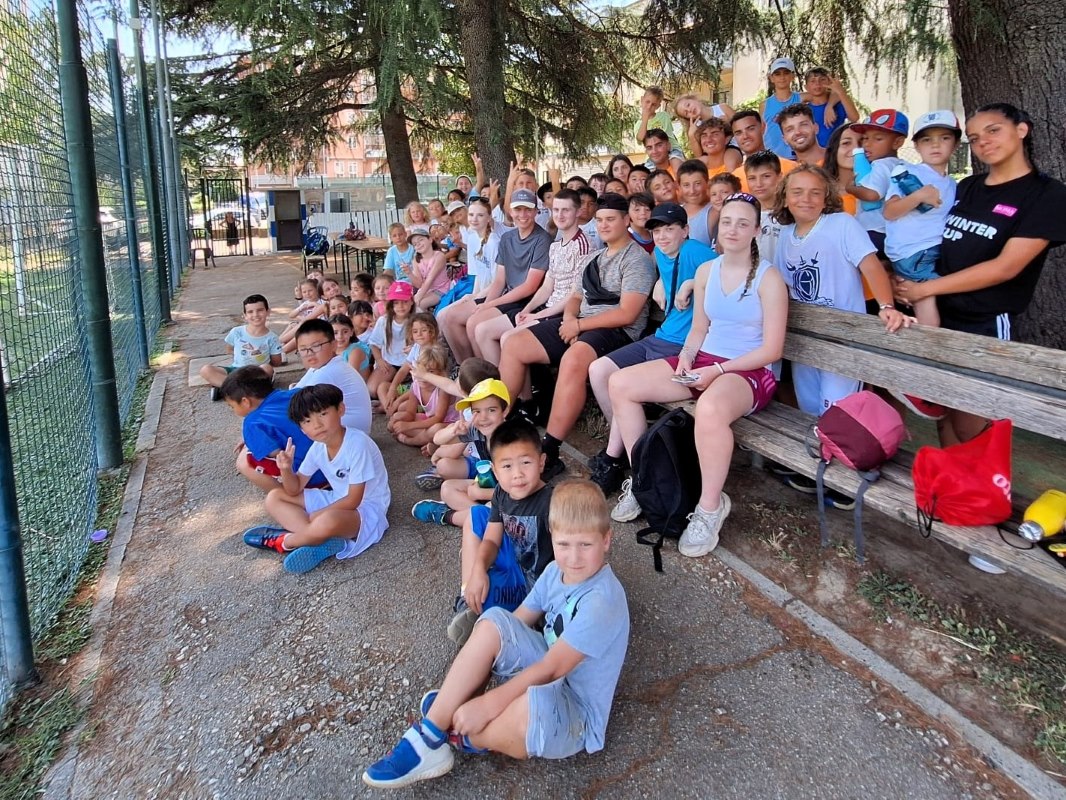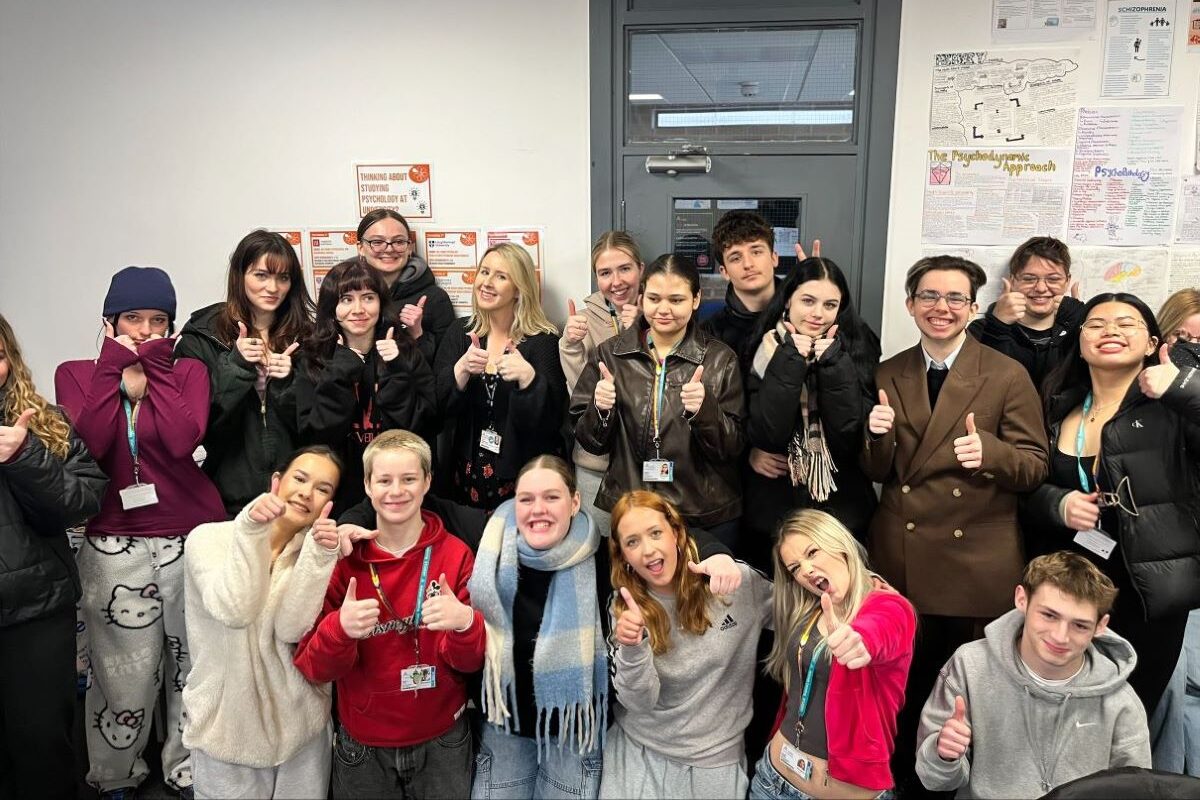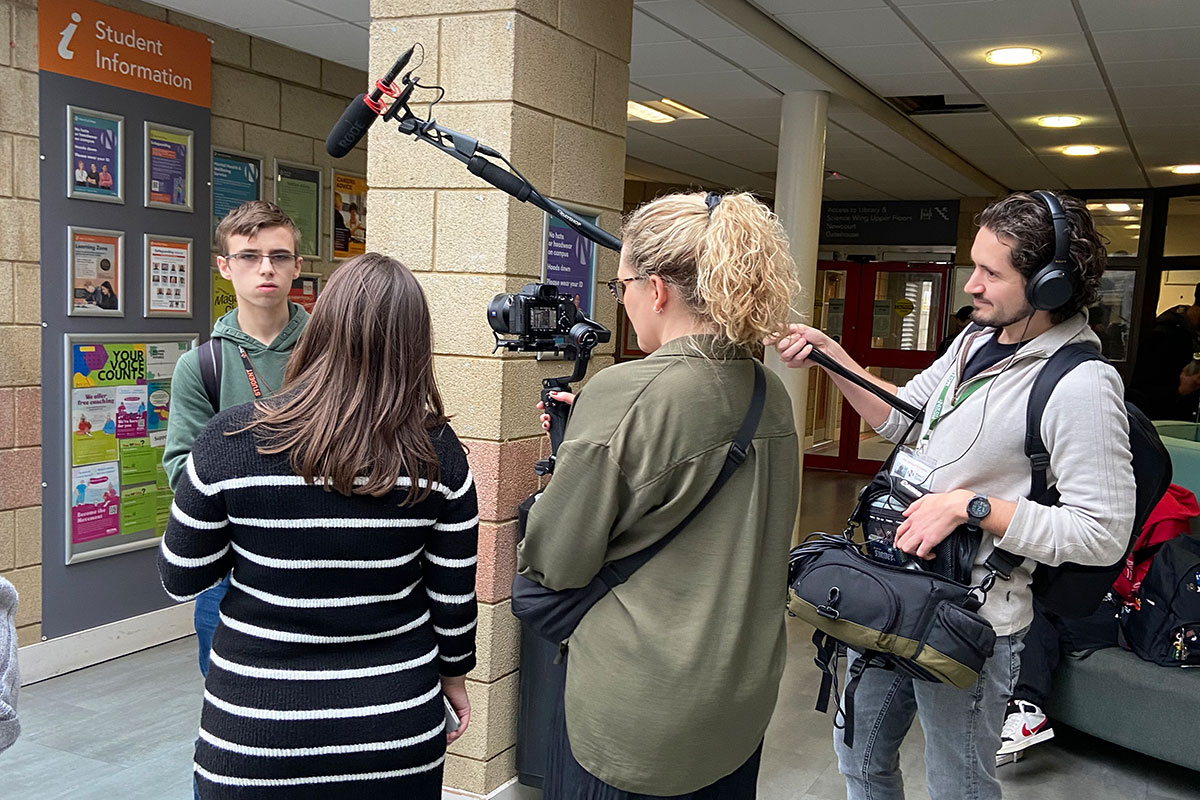Neurodiverse youth in development and transition and how to help them

This Article aims to raise awareness regarding the advancement of neurodiverse adolescents as they transition into the world of work and higher education.
I will examine the hardships accompanying neurological differences and obstacles, such as autism, dyslexia, Dyspraxia, ADHD, and Tourette Syndrome. With the help of a research survey and research, this Article will discuss why teens with SEND challenges may have trouble transitioning and will provide methods in which they can be better supported in school to comprehend and make educated decisions regarding their future as they move into the adult world of Further education and the workplace.
Most Notable:
- The UK has seen a significant decline in funding for youth development programs and services, reducing the number and quality of opportunities available to young people.
- The COVID-19 pandemic has negatively impacted young people, with many experiencing disrupted education, lost job opportunities, and reduced access to support and resources.
- The UK’s high youth unemployment rate, particularly among disadvantaged and marginalized groups, contributes to frustration and hopelessness among many young people.
- The country has seen a rise in young people experiencing mental health issues, with many struggling to access timely and practical support.
- The UK’s education system has been criticized for failing to adequately prepare young people for the challenges of the 21st century. Many leave school without the skills and knowledge they need to succeed in the modern economy.
- Difficulty finding employment: Many neurodiverse individuals struggle to find employment, as they may have difficulty with the job application process or may not have the necessary skills and experience (Brown, 2017).
- Lack of support: Neurodiverse Youth may lack the necessary support to succeed in education and the workforce, as they may not receive the accommodations they need to thrive (Green, 2016).
- Stigma: Neurodiverse individuals may face stigma and discrimination, which can impact their ability to succeed in education and the workforce (Williams, 2015).
In my journey represented here, I have been looking for evidence of how SEND Youth face many challenges in developing and transitioning into adulthood. These include difficulties in language and communication, social and emotional development, educational attainment, and employment stability. In order to ensure successful youth transitions into adulthood, it is essential to provide accessible, informed, and tailored support. This support should be designed to meet the individual needs of each Youth, helping to promote stability, self-awareness, and self-determination, which are the building blocks of successful adulthood.
I have come to understand that it is essential to note that youth development is not a linear process but an intricate one with many parts working together in harmony. The roots of development, such as stability, self-awareness, and self-determination, are essential to achieving success in adulthood. It is critical to focus on fostering the right environment and developing the right skills during the youth development process so that Youth can transition successfully into adulthood.
In this journey, I have understood that neurodiverse young people confront numerous obstacles in their growth and transition to adulthood. These include issues with language and communication, social and emotional growth, school achievement, and job stability. It’s crucial to offer these people individualized, accessible, and knowledgeable support to aid their future growth, stability and development.
It appears that transitioning neurodivergent Youth from school into the workplace in the UK is an issue, judging by the available literature. National statistics show that 27 percent of the population in the UK is neurodiverse, yet only 3 percent of this populace is employed. Of the 3 percent, only 0.8 percent are having an impact in the workplace or school system, indicating a huge gap that needs to be closed. Early intervention is essential, as well as establishing policies that will facilitate the transition from school, such as internships and apprenticeships.
What My journey of understanding further revealed is that after children leave school, schools no longer keep track of them. Once students leave the school gates, they need a way to keep an eye on their development. As such, a feedback loop through an alumni system is generated that builds on the future education and development processes. There must be a way for the child, the school, and the parent to work together in a triangle partnership to ensure the child’s psychological safety and promote an atmosphere that helps the child’s skills to flourish. At times this may mean professional services such as Social workers may need to participate in this community cooperation. (Et al. FE News, Hoole. G 2022)
To start understanding Youth in transition, I have created an extensive summary word cloud from an original study that reflects the qualitative semantic analysis of a questionnaire sent to participants. The image below reflects their language, feelings, and experiences.

The proposed and submitted means of assessing and supporting the outcome of the lessons learned in the questionnaire and from the participants using AI and a cloud word format to consider the semantics and define the intensity of the words by repetition in each question, thus emphasizing the immediate needs and actions required based on the intensity of words in the semantic formats. In conclusion, how their overall action plan can be formulated to further develop understanding and support of Youth with SEND (Special Educational Needs and Disability) challenges in advice and guidance related to their subjects and transitioning from education into the world of work.
Strategies that shine through in the questionnaire response language mentioned in the study questionnaire can be utilized to support neurodiverse Youth in their transition into adulthood. These strategies include providing specialized services, accommodations, and interventions. Specialized services can include individualized instruction, social skills training, and behaviour development management. Accommodations can include curriculum modifications, extended testing time, and access to assistive technology. Interventions can include counselling and mentoring programs, job coaching, and transition planning to inform teachers, parents and industry in a strengths-based development pathway to meet the young persons’ needs where they are at.
A summary of teaching theory concerning youth development:
This Article in its journey,,has drawn focuses on the theories of Abraham Maslow, Jean Piaget, Lev Vygotsky and how they can be applied to understand and support the development and learning of Youth in the learning environment related to transition. Person-centred, holistic approaches should be used to consider the individual needs, goals and preferences of the SEND (Special Educational Needs and Disability) Youth and their physical, emotional, social, and spiritual well-being. It is essential to focus on strengths and abilities and use an empathetic, non-judgmental approach when supporting their development and learning. Ken Robinson’s work on creativity and innovation in education and Margaret Mead’s research on culture can be incorporated into strategies.
Further considerations in conclusion from the perspective of law and administration:
Robert Halfon and Oli de Botton have both emphasized the importance of providing career advice and work experience to young people from all backgrounds. They have also discussed the implementation of the Skills and Post 16 Education Act, which requires schools to provide opportunities for pupils to meet providers of technical education and apprenticeships. This aims to promote the rights and well-being of SEND and NEET youth and ensure they have the same opportunities to succeed in education and transition to further education or employment.
To underpin the educational theory, law and administration mentioned above I have highlighted some of the participants’ voices below to justify the urgent attention that young people need in their future development and decision-making process to be effective in a 21st century adult workforce.
- “Talk to me about accommodations I am entitled to, discuss interview technique and how to write a good CV (I am not very good at applying my experience to a CV).”
- “Provide disability education and accommodations to all students, not just the diagnosed ones who fight for them. Specifically provide support for disabled students based on self-identified needs.”
- “I don’t think schools can do any more if workplaces do not make an effort to be neurodiverse.”
- “Some acknowledgement of the difficulties of transition would be a good start IMHO.”
To acknowledge the SEND youth Voices above, I have proposed some strategies below, Supported by the aforementioned current administration and the law related to educational theory and practice, to Support SEND Youth’s development further.
Proposed strategies extend to the workplace and classroom in SEND development—transitions of SEND youth to apprenticeships.
One consideration is that universal design for learning stands out as the best practice in a classroom for those with neurodiverse challenges to grasp the concepts of change and understanding to make effective decisions about their future. The study and literature demonstrated the lack of understanding of this concept in the classroom and with those who promote the world of work or higher education to reach different kinds of minds.
In addition to this, Universal Design for Learning (UDL) is widely recognized as the best practice in education because it allows for flexibility and customization in the classroom, making it easier for students with a wide range of abilities and needs to access and engage with the material. Here are a few key ways in which UDL stands out as a best practice in the classroom:
Furthermore, It promotes equity: By providing multiple means of representation, action and expression, and engagement, UDL helps to level the playing field for all students, regardless of their abilities or backgrounds. This can help to reduce barriers to learning and promote equity in the classroom.
It supports student success: By allowing students to access and engage with the material in a way that works best for them, UDL can help to increase student motivation, engagement, and achievement.
It is flexible and adaptable: Because UDL is based on the principle of flexibility, it can be easily adapted to fit the needs of individual students and classrooms. It can be implemented in various settings and with diverse student populations.
It is research-based: UDL is grounded in research on how people learn and differ in their abilities and needs. This means that it is a well-established and evidence-based approach to education.
In reflection, UDL is a practical approach to teaching and learning because it helps to create inclusive and accessible learning environments that support the success of all students.
Provide written materials in an accessible format: You can use clear and straightforward language and formatting features such as headings, bullet points, and numbered lists to help organize information. You can also consider using software tools such as text-to-speech or text enlargement to make written materials more accessible.
Use different methods of instruction: Try using visual aids, demonstrations, and hands-on activities to supplement traditional lectures or readings. You can also consider using multimedia resources such as videos or interactive online lessons.
Additional support might include setting aside extra time for the apprentice to complete assignments or study for exams or providing access to assistive technology or a tutor. You can also consider creating a study group or finding a mentor to provide additional support and guidance.
Foster a positive learning environment: Encourage a culture of inclusivity and understanding in the workplace. Be patient and supportive of the apprentice, as they may need additional time to process and understand new information.
Regularly check in and provide feedback: Make sure to check in with the apprentice to see how they are doing.
There are a few different ways that you can assess an apprentice with SEND to ensure that they are learning and making progress:
Use multiple assessment methods, including written exams, hands-on projects or demonstrations, and oral presentations. Various assessment methods can help identify strengths and weaknesses and provide a complete picture of the apprentice’s knowledge and skills.
Provide accommodations: Depending on the apprentice’s needs, you may need to provide accommodations such as extra time for exams, the use of assistive technology, or the ability to dictate responses rather than write them out.
Use performance-based assessments: These types of assessments allow the apprentice to demonstrate their knowledge and skills by completing tasks or projects relevant to the job. A method like this can be a particularly effective way to assess an apprentice’s abilities with SEND, as it allows them to demonstrate what they have learned more naturally and engagingly.
Regularly check in and provide feedback: Make sure to regularly check in with the apprentice to see how they are doing and to provide feedback on their progress. This can help to identify any areas of difficulty and address them promptly.
Here is a further potential strategy for supporting individuals with neurodiverse challenges as they enter the world of work:
Identify strengths and areas for development: It can be helpful for individuals with autism to clearly understand their skills, experiences, and goals to communicate them effectively to potential employers. This may involve working with a career counselor or other support professional to identify areas of strength and development.
Build a supportive network: Connect with others with similar experiences or backgrounds as you, including other individuals with autism and professionals who work with individuals with autism. This can include joining professional organizations or networking groups focused on disability and inclusion and seeking mentors or sponsors who can provide guidance and support as you navigate your career.
Actively Seek out companies that value diversity and inclusion: Many companies have initiatives to support hiring and developing individuals with disabilities, including autism. Research potential employers to find companies with a strong track record of supporting diversity and inclusion in the workplace.
Communicate your needs: Individuals with autism must try to advocate for themselves, with support if needed and communicate their needs to potential employers. This might include discussing any accommodations required to succeed in your roles, such as a quiet workspace or additional training.
Prepare for and address potential challenges: You may encounter challenges as you enter the workforce. It can be helpful to have a plan in place for handling these situations, whether seeking support from a mentor or HR representative or professionally advocating for yourself.
Stay positive and persistent: It may take time and effort to find the right fit for you in the workforce, but staying motivated and keeping an open mind is essential. Seek out opportunities for growth and development, and remember that every experience, even challenging ones, can provide valuable lessons and skills that can help you succeed in your career.
Current trends in the management space:
Concerning the Youth in the current labour market, the Peter principle is worthy of consideration as a management theory that posits that employees in a hierarchical organization will generally be promoted to their level of incompetence (Peter, 1968).This means that employees may be promoted to positions they are not qualified or capable of, resulting in poor performance and a decline in organizational efficiency. According to the principle, promotions are often based on an employee’s success in their current role rather than their potential or suitability for a higher position. As a result, employees may be promoted beyond their abilities, leading to a lack of competence in their new role. To prevent this, organizations should carefully consider an employee’s qualifications and potential before promoting them (Peter, 1968). Failure to do so can contribute to a skills shortage and negatively affect the development of young employees.
The Peter principle can also further impact the implementation and adoption of new technologies. Suppose employees are being promoted to positions they are not qualified or capable. In that case, they may not have the necessary skills or knowledge to utilize new technologies effectively and struggle to keep up with the rapid pace of technological change. This potentially hinders the organization’s ability to fully leverage the benefits of new technologies, such as those enabled by Moore’s Law.
Therefore, further consideration is just as crucial for organizations to consider an employee’s qualifications and potential when making promotion decisions to ensure that they can effectively adopt and utilize new technologies. Going forwards, this is a cause for concern for young people, as it suggests that they may be promoted beyond their abilities, hindering their development and career progression. To prevent this from happening, organizations must carefully consider an employee’s qualifications and potential before promoting them (Peter, 1968).
Currently, this is especially important for young people who may not yet have the necessary experience or skills to succeed in a higher position. If organizations fail to do this, it can contribute to a skills shortage and negatively affect the development of young employees. Therefore, organizations must consider the Peter principle when making promotion decisions to ensure that young people can reach their full potential. (Etal Ghinea, V. M., & Cantaragiu, R. C. (2017, November 17).
A further consideration is the informatics below to make an informed decision:
The Current issue for SEND Youth Development is that the (UK)department of education does not identify a budget for the total education spending on special educational needs and disabilities (SEND). It is not a specific category of expenditure that is recorded by the department or by local authorities, schools, colleges, and other education providers. Baroness Barran. (2023, January 5). Strategies to consider for the development of SEND youth include providing disability education and accommodations to all students, providing support for disabled students based on self-identified needs, discussing interview technique and how to write a good CV, and acknowledging the difficulties of transition.
In conclusion:
Young people transitioning into adulthood often face a plethora of challenges, particularly those with neurodiversity. This Article dives into the current state of education in the UK, the unique challenges faced by neurodiverse Youth when transitioning into adulthood, and various strategies to address these issues. It is evident that more needs to be done to ensure that all young people, regardless of their differences, have access to the resources and support needed to successfully navigate into adulthood.
By Gavin Hoole, an experienced and passionate educator with over 25 years of experience in the field
Gavin Hoole is an experienced and passionate educator with over 25 years of experience in the field. I specialize in creating inclusive environments and have direct experience with the difficulties of educating for inclusion. My background in teaching, engineering and operations management, instructional design, HVAC and various other skills is combined with my certifications in advocacy, mental health, health and safety, and professional memberships. This experience and skillset have uniquely positioned me to support SEND Youth in transition by providing specialized training, mentoring and support in order to aid in their development and success. My aim is to aid organizations in creating a more diverse and inclusive workplace through top-notch training and support, helping SEND Youth to achieve their full potential.











Responses